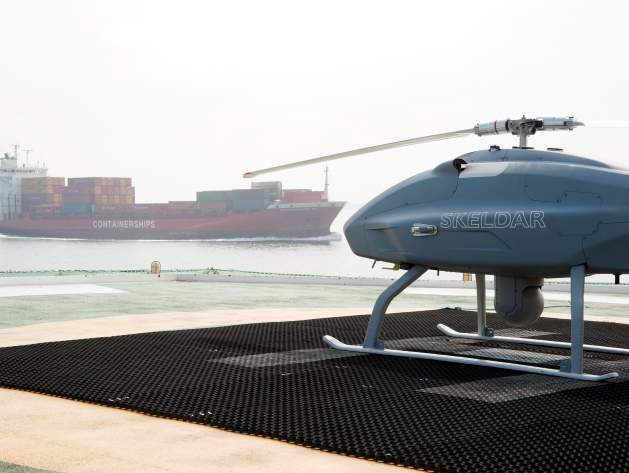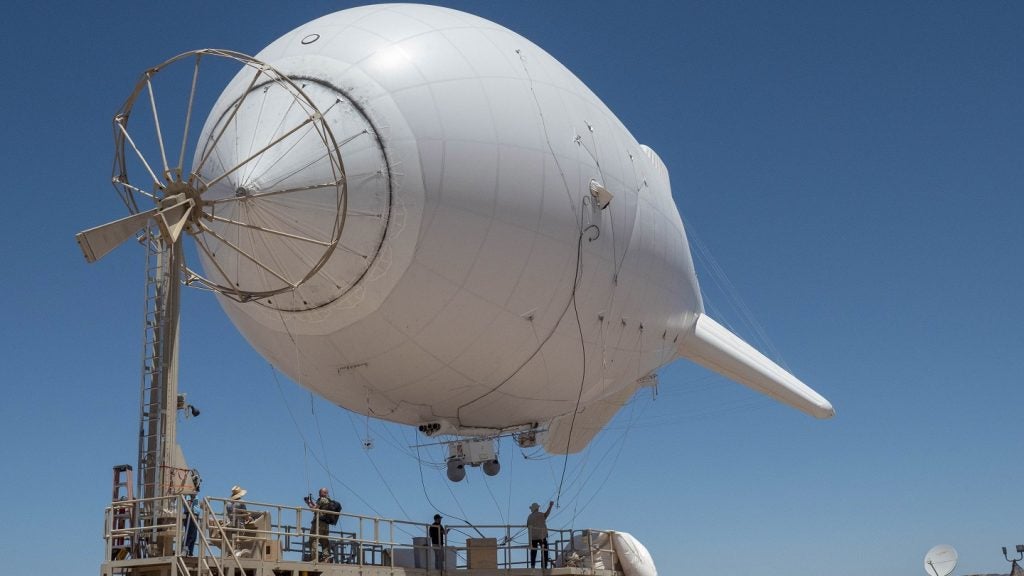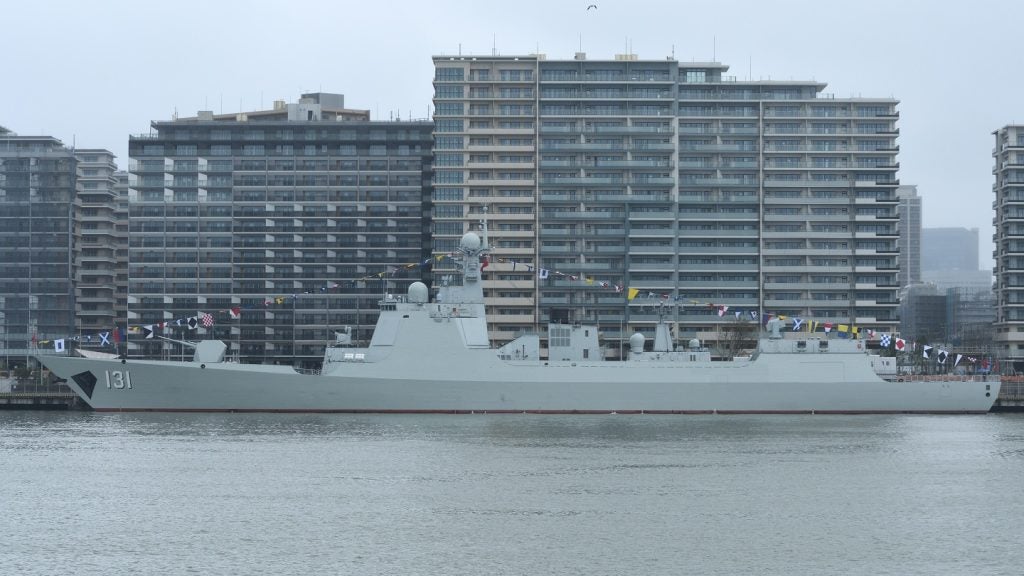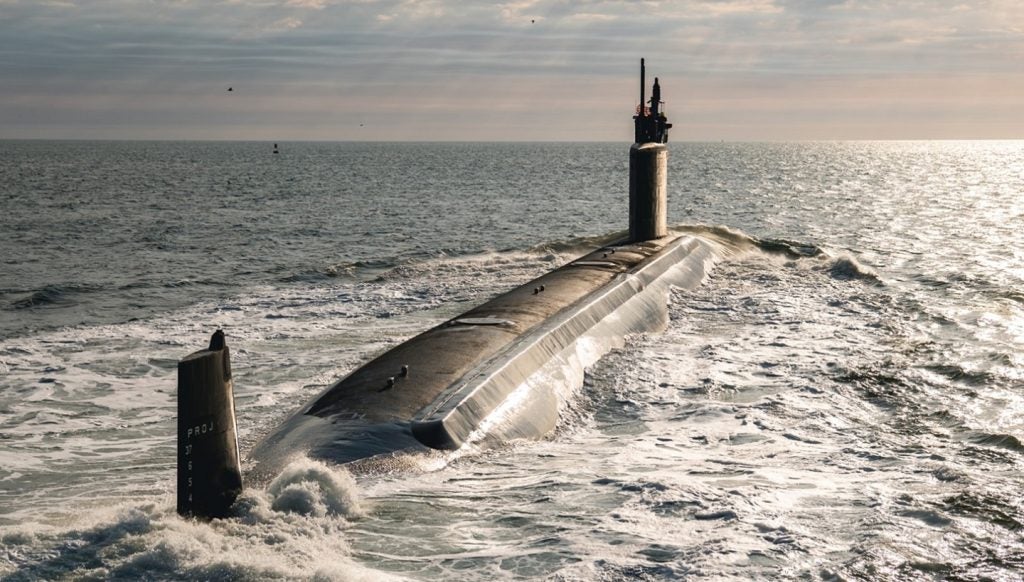
The past year saw UMS Skeldar set the maritime UAS market firmly in its sights. With the newly re-branded V-200 Skeldar UAS – transferred from original manufacturer Saab during the formation of the UMS Skeldar joint venture with UMS Aero Group in late 2015 – the company brought fresh enthusiasm to a market which had been struggling to see any serious deployment in real numbers: the vertical take-off and landing (VTOL) naval market.
Under Saab, Skeldar had been left to somewhat languish in the shadow of the company’s prime focus, the Gripen fighter jet. With all the hallmarks of having been designed by a fast jet developer the UAS itself is highly capable, and it did secure a single naval customer, entering service with the Spanish Navy in 2013. But handing over the development, manufacture, testing, training and maintenance of the system to the UMS Skeldar joint venture breathed welcome new life into the V-200 programme and gave it the attention it deserves.
And it shows. UMS Skeldar has set about capturing the attention of a market that is hungry for the many benefits VTOL UAS can bring naval operations: increased intelligence, surveillance and reconnaissance (ISR) capabilities, target acquisition, electronic warfare, smaller and more cost-effective alternatives to manned helicopter assets, and an entirely new capability for the growing offshore patrol vessel sector which is being tasked with an ever-widening mission set.
“The V-200 was designed from the very beginning with maritime operations in mind,” says David Willems, head of business development for UMS Skeldar. “At the heart of the helicopter is a heavy fuel engine – which means it uses the same fuel as the ship; it has been built for robustness and has been tested in the harshest maritime environments, and it can fly for five to six-hour missions depending on payload configuration.”
High capacity, small footprint
The payload capacity is 40kg. Options include electro-optical/infrared gimbals for advanced wide-area situational awareness and intelligence gathering through collection, identification, categorisation and geo-location of static and moving objects of interest, as well as laser imaging detection and ranging, signals intelligence and communications intelligence , hyperspectral imaging, and synthetic aperture radar (SAR) to produce high-resolution remote sensing imagery.
Critically, the UAS can carry multiple payloads on the same airframe, something that helps set the V-200 apart from its fixed-wing competitors which have gained considerable traction in the maritime market – namely the Boeing Insitu ScanEagle.
How well do you really know your competitors?
Access the most comprehensive Company Profiles on the market, powered by GlobalData. Save hours of research. Gain competitive edge.

Thank you!
Your download email will arrive shortly
Not ready to buy yet? Download a free sample
We are confident about the unique quality of our Company Profiles. However, we want you to make the most beneficial decision for your business, so we offer a free sample that you can download by submitting the below form
By GlobalData“While there are some very reliable fixed-wing UAS out there that have gained traction due to the amount of hours logged performing missions from ships, the main argument for the V-200 is the higher payload capacity and its ability to carry multiple payloads at a time – two to three types on a single airframe,” Willems says. “With fixed-wing UAS with smaller payloads you need to be carrying two or three airframes on board in order to conduct different mission types. Additionally the deck footprint of a VTOL UAS is tremendously lower than that of a fixed-wing, and VTOL can fly in much harder weather conditions as the airframe tolerance is much broader.”
A sea of opportunities
UMS Skeldar is currently chasing a number of opportunities. It is involved in tenders put out by the Royal Australian Navy and German Navy, and is getting good feedback following the V-200’s deployment with the Spanish Navy during Operation Atalanta in the Gulf of Aden.
The V-200 was deployed from the Spanish Navy’s BAM Meteoro offshore patrol vessel off the coast of Somalia in the summer of 2013 as part of the European Union Naval Force Somalia. The operation is tasked with protecting vessels and vulnerable shipping, deterring and disrupting piracy and armed robbery at sea, monitoring fishing activities and supporting other EU missions and international organisations working to strengthen maritime security and capacity in the region.
As part of counter-piracy patrols in the International Recommended Transit Corridor, the Skeldar V-200 provided real-time intelligence gathering on the bases and camps of Somali pirates and was used in various offshore operations. Imagery collected by the UAS was analysed by navy teams to help keep the area secure for merchant vessels operating in the waters.
“In addition to performing daytime missions scouting for ships and performing intelligence missions at received GPS coordinates, we also performed practice search and rescue missions, which was quite interesting,” Willems says. “The Spanish Navy was very impressed by the UAS’ ability to perform different types of missions data and night, which is where Skeldar represents the big impact for them.”
Skeldar’s deployment on BAM Meteoro was significantly simplified by the fact that the UAS has been designed with NATO standard compliancy to ensure its compatibility with NATO standard vessels.
“This allowed us to deploy on board BAM Meteoro within ten days of signing the contract,” Willems says. “Installing our consoles and equipment on the vessel was almost plug-and-play in this instance because the Skeldar V-200 is a highly versatile paltform that can integrate with any system.”
This standards compliance also makes the exchange of information between different navies involved in international campaigns very simple, giving multiple stakeholders access to the information being collected by the UAS; to take it further, the UAS’ command and control can also be handed over from ship to ship. For scenarios where the area of interest is spread over a wide geographical area, this would allow a smaller number of UAS to serve a larger area than a single vessel could manage.
The future: branching out beyond naval capabilities
However, UMS Skeldar is not restricting itself to naval programmes.
“The phenomenon that we have observed for the last year to eighteen months is that while the traditional navies are looking at long-term programmes, there are more agencies – such as coast guards and government agencies – looking to equip themselves with a wide range of UAS including VTOL,” Willems says. “Coast guards are looking for systems that they can deploy from smaller vessels, which is a good fit for VTOL due to the smaller footprint; and then there is also heavy industry considering the use of UAS for oil and gas, and coastal infrastructure monitoring applications.
“This is a new trend and one that will allow us to produce many more UAS outside traditional navy procurements.”







